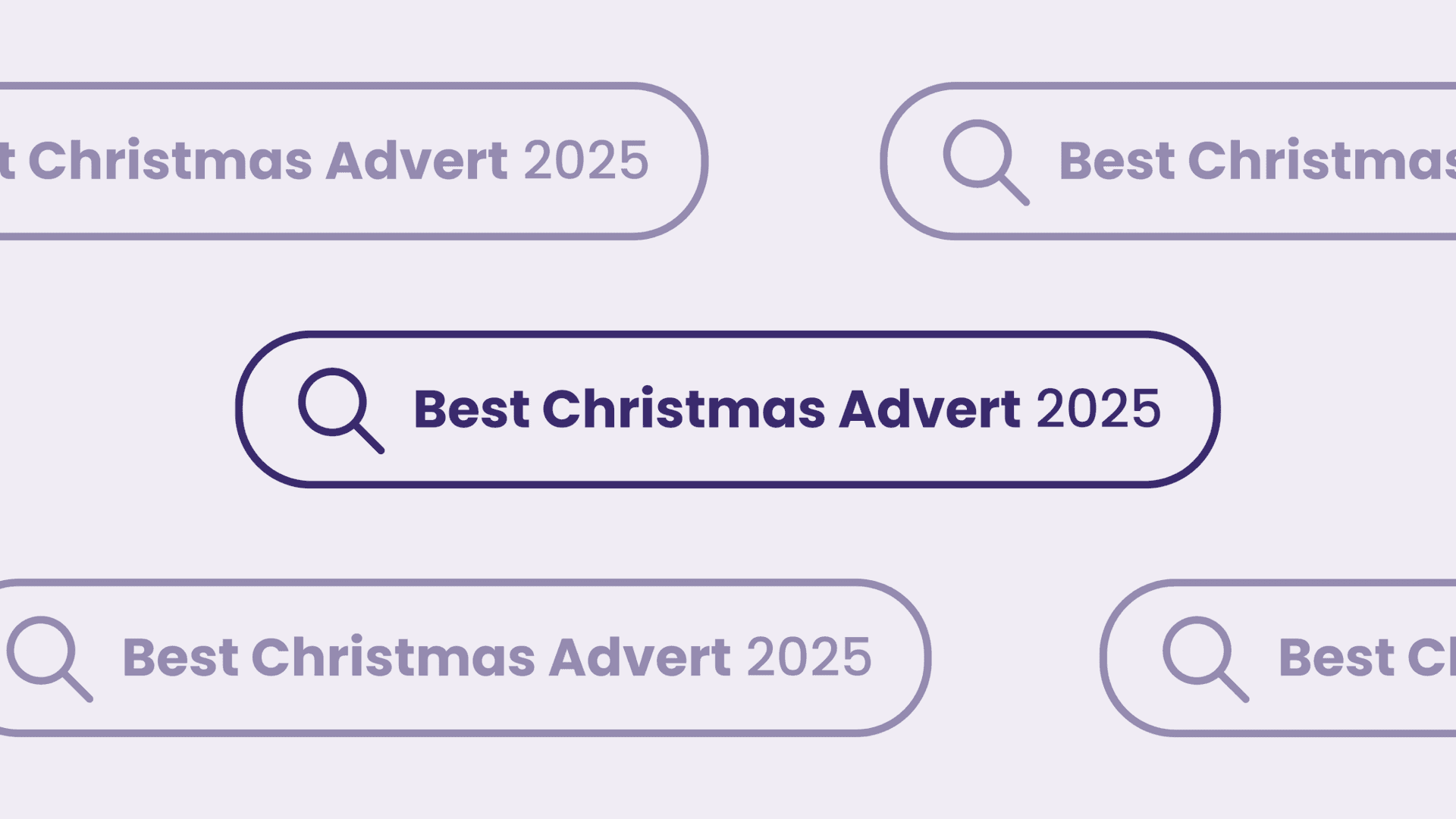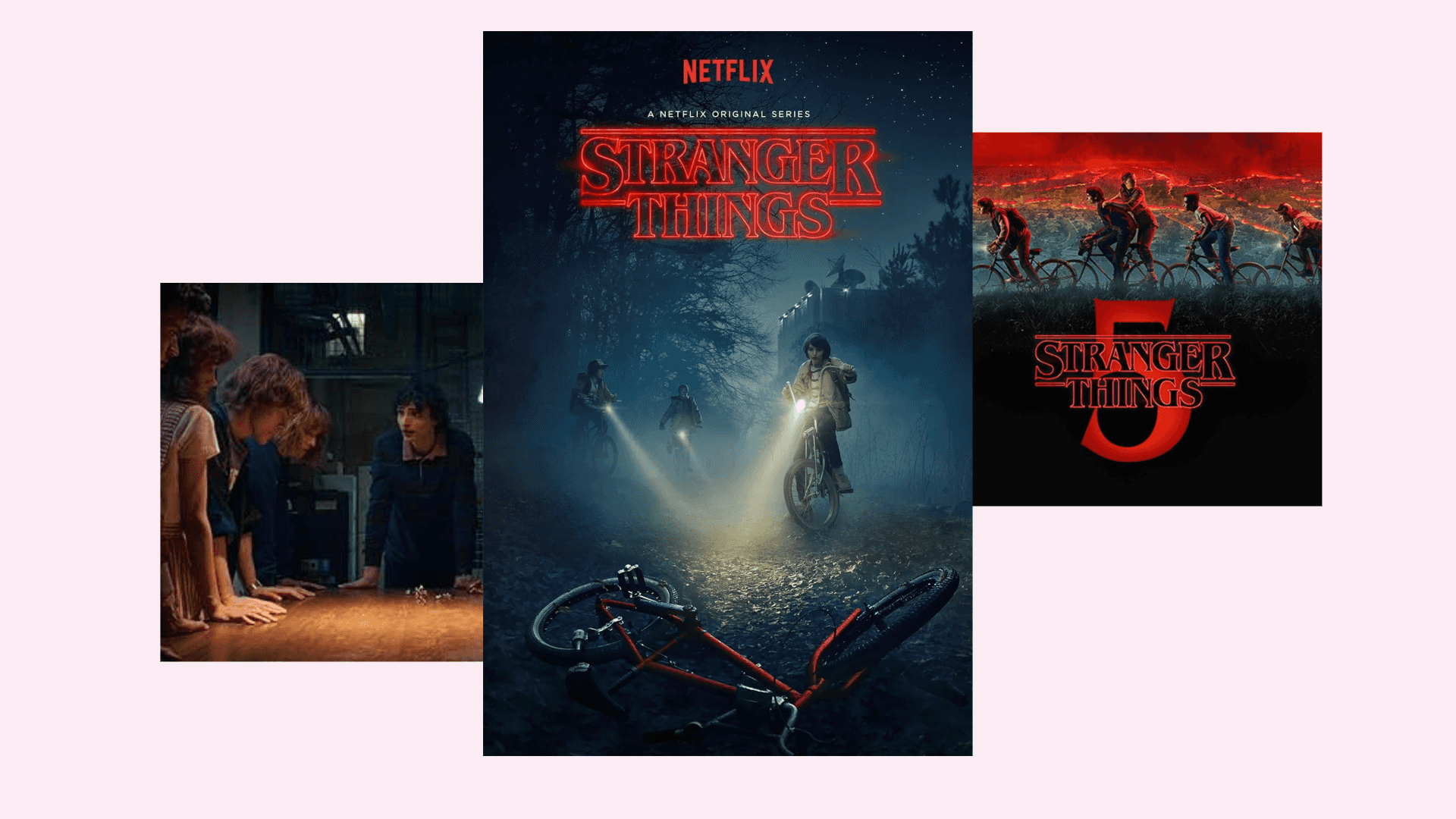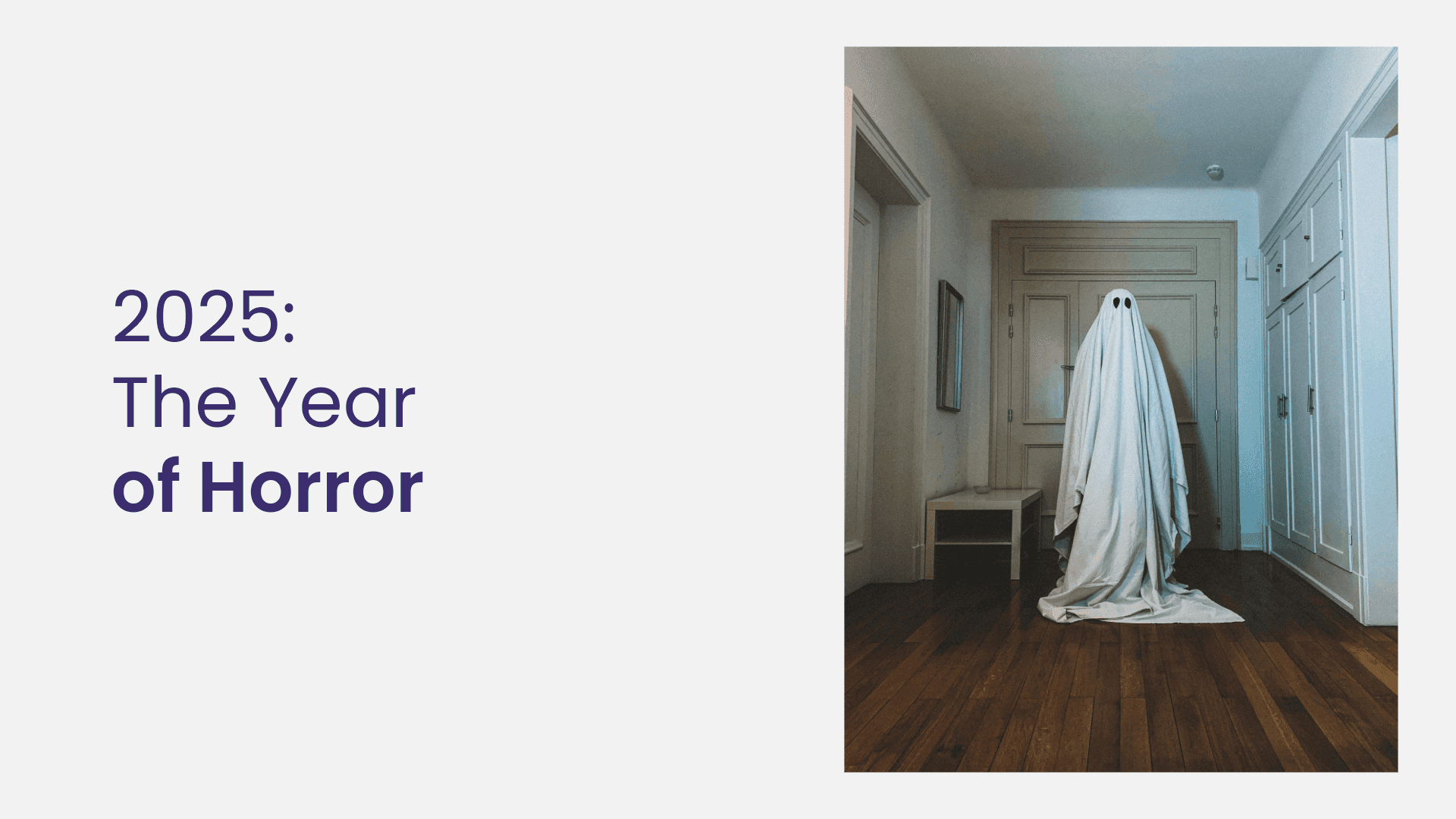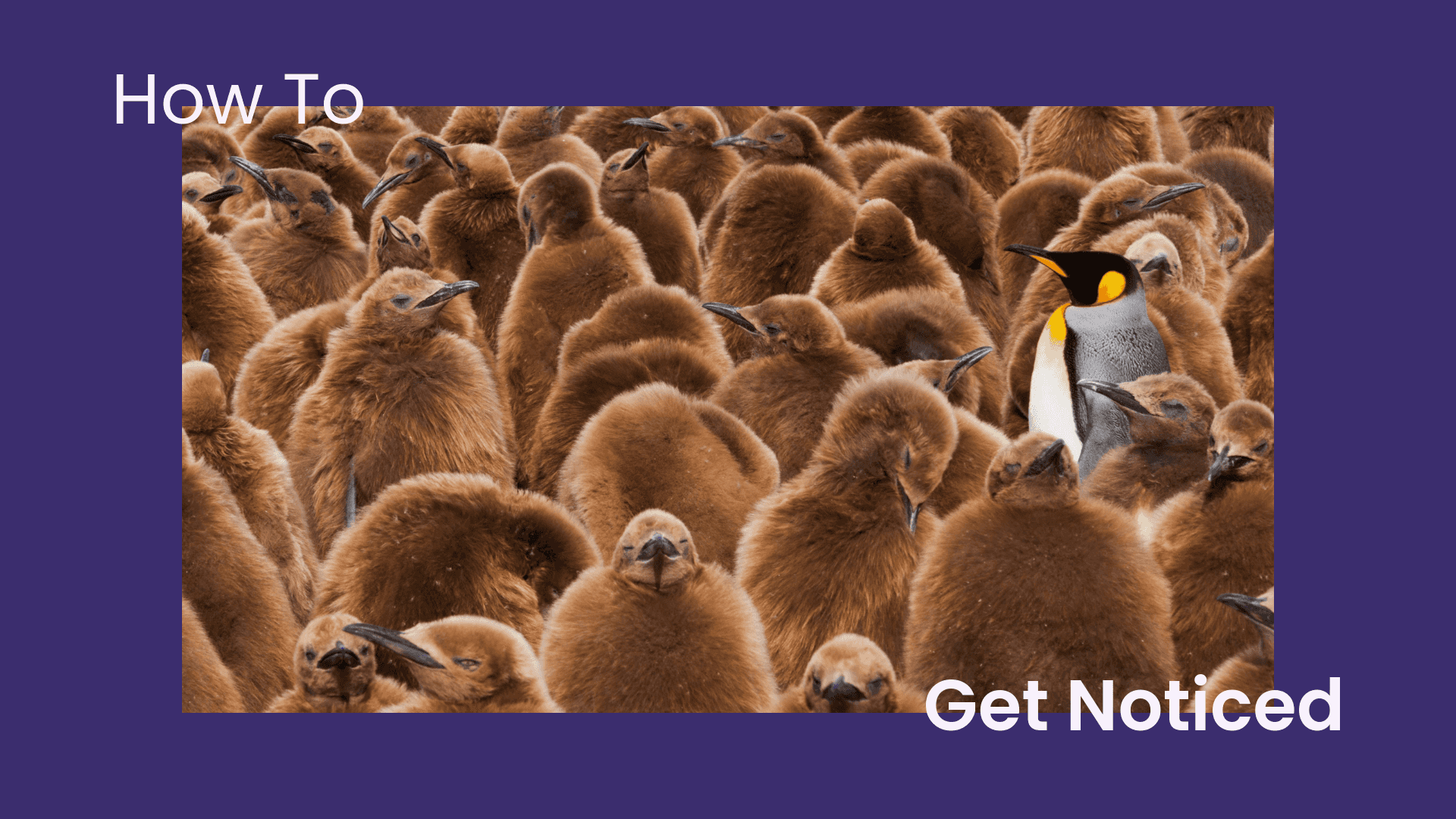
Audience Insights | Why They Matter For Your Brand Campaigns
Written by Mackenzie
stop guessing, start knowing: the power of audience insights
Let’s face it, your audience is more complicated than a slide deck persona named “Marketing Mary” with a vague LinkedIn job title and an imaginary coffee order.
If your marketing still leans on stereotypes or generational labels to determine what people want, you’re not just missing nuance. You’re missing the point.
Clever marketing doesn’t start with assumptions. It starts with understanding.
Real, human, behaviour-led insight.
The kind that can’t be Googled or guessed. The kind that comes from listening, observing, and knowing what actually drives people to act.
Here’s why audience insight matters more than ever and how brands can do better than dusty personas and demographic guesswork.
generations don’t define people. behaviour does.
There’s nothing wrong with wanting to understand your audience. But sticking people into broad categories like “Gen Z” or “Boomers” and calling it segmentation? It’s a shortcut. And in 2025, shortcuts cost you connection.
A 24-year-old building a startup and a 55-year-old with a passion for digital side-hustles might look worlds apart on paper, but they might be twins in terms of mindset, values, and digital behaviour.
Real people don’t follow neat patterns, so your segmentation shouldn’t either. If you’re still targeting by age, postcode or job title alone, you’re building strategy on shaky ground. The future of segmentation is fluid, behaviour-led and built on shared values, not static labels.

stereotypes aren’t just lazy…
You’ve seen it. Campaigns that assume all women love yoga. That dads don’t buy groceries. That Gen Z only communicates in memes. These stereotypes don’t just age poorly, they alienate.
Your audience is sharper than that. So why risk losing them by playing into outdated tropes?
Getting it right means going beyond assumptions. It means tuning into what your audience says, not what you think they say. It means being curious enough to ask better questions and humble enough to let go of what you thought you knew.
At Flaunt, we use everything from social listening to user journey mapping to dig deeper, which is why our strategies don’t just perform; they connect.
insight that just sits in a deck isn’t insight
Let’s be honest: most brands do research. Some even invest in fancy tools. But too often, the insights never leave the strategy doc.
Audience understanding only matters if it is incorporated into the work, into your creative, messaging, targeting, and product ideas. Otherwise, it’s just another bullet point in a brief no one reads.
Insight should guide how you speak, where you show up, and what you say when you arrive. However, insight doesn’t go far enough if your audience doesn’t feel seen in your campaigns.
good audience insight pays for itself
This isn’t just a warm, fuzzy “get to know your customer” message. Audience insight is a serious commercial lever.
When you build marketing around what people care about, you waste less media spend. You reduce bounce. You increase conversions. You build loyalty. And you stop pouring money into messaging that doesn’t land.
The difference between guesswork and true audience understanding can mean the difference between a campaign that flops and one that becomes your next big win.

empathy is your edge
We live in a time where AI can write emails, schedule campaigns, and auto-optimise ads in seconds. But the one thing tech can’t replace? Empathy.
Your competitive advantage is truly knowing your audience, their challenges, their motivators, and how to speak language. It’s what separates good marketing from great. It’s what turns impressions into impact.
And it’s what we care about most at Flaunt Digital.
Contact us today and let’s chat about building insight into your brand’s bones or about general multi-platform SEO and paid media strategies.





